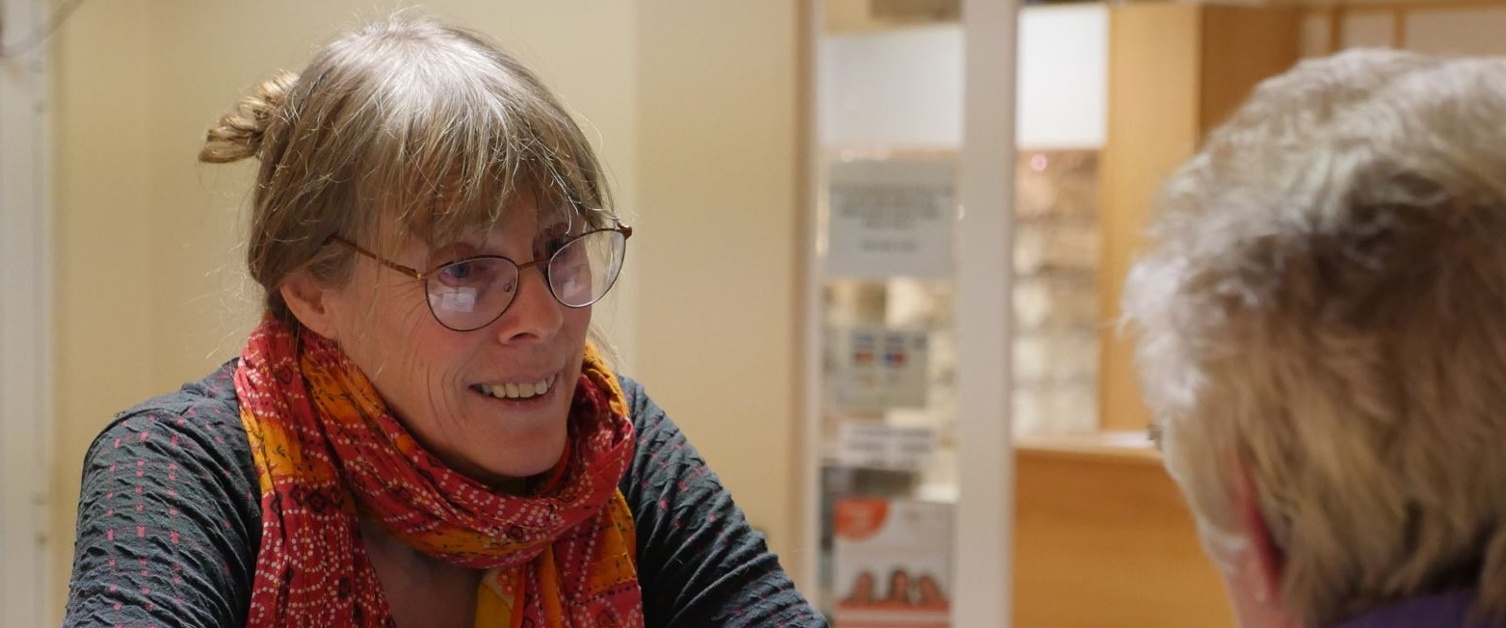Telling patients' stories digitally is helping to improve services

Listening to patients and telling their stories digitally has helped to improve health services in Swansea Bay – and is now being rolled out across Wales.
This approach to collecting patient and staff feedback has been pioneered by Swansea Bay UHB, inspired by a project in America.
Trained staff make digital voice recordings which are matched with one or more images to create a short video.
These videos, always first-person stories and usually less than three minutes long, are shared at the health board’s bimonthly meetings.
They highlight either good practice or an area for improvement – often prompting an in-depth discussion amongst board members.
Such has been its success it is being adopted as an all-Wales policy. The system was shared at an NHS executive webinar linked with World Patient Safety Day, focusing on how to engage with patients.
The health board introduced the digital stories, featuring patients and staff, 10 years ago with the appointment of an arts coordinator with expertise in digital storytelling.
Visual artist Prue Thimbleby had been a midwife and nurse before working as a freelance digital storyteller. She was appointed the health board’s arts in health coordinator in 2012.
She said: “The first digital story I made featured a couple who had been complaining for five years and had not found resolution from the complaint process.
“I met them and made a recording of them sharing their concerns, and then edited the audio and made a video which I shared with the complaints team.
“It was a very powerful experience for the couple and brought their complaint to a real point of resolution. That was the beginning.”
Prue has since trained frontline staff to become story facilitators, while working alongside the complaints team. The digital stories are now the chosen medium to share patient experiences at board meetings, instead of case studies written by staff or PowerPoint presentations containing lots of technical detail.
Up to 300 such stories have been made since the system was introduced.
Prue added: “I always emphasise that the storyteller is the director of the story. They need to be involved at every stage and help make changes until they are happy that it expresses what they want it to say.
“Many stories have improved services and policies, such as our family-witnessed resuscitation policy, incident reporting, cancer pathways and end of life care.
“Stories are regularly used in training, such as one by a family who wanted to be more included in a serious complaint investigation, and a staff story about an unexpected discovery of a grade four pressure ulcer.”
Swansea Bay has a small group of frontline story facilitators. Together with patient experience manager Marcia Buchanan and the patient experience team, they manage the growing library of stories and provide examples for staff meetings and training events.
The team has also carried out a research project, in partnership with the University of South Wales, to assess the impact of the storytelling programme.
The report has seen NHS Wales adopt the methodology as policy for how it gathers stories from people and communities across the country.
Swansea Bay’s Executive Director of Nursing and Patient Experience Gareth Howells said: “By capturing emotional, meaningful stories in this way we are giving patients a voice, to share their experiences with us. It enables people to feel listened too.
“The stories we have developed have been shared across the organisation to ensure we are continuingly learning and evolving. These stories are making a difference to the service we provide.”
Pictured: Prue Thimbleby in conversation
Rydym yn croesawu gohebiaeth a galwadau ffôn yn y Gymraeg neu'r Saesneg. Atebir gohebiaeth Gymraeg yn y Gymraeg, ac ni fydd hyn yn arwain at oedi. Mae’r dudalen hon ar gael yn Gymraeg drwy bwyso’r botwm ar y dde ar frig y dudalen.
We welcome correspondence and telephone calls in Welsh or English. Welsh language correspondence will be replied to in Welsh, and this will not lead to a delay. This page is available in Welsh by clicking ‘Cymraeg’ at the top right of this page.